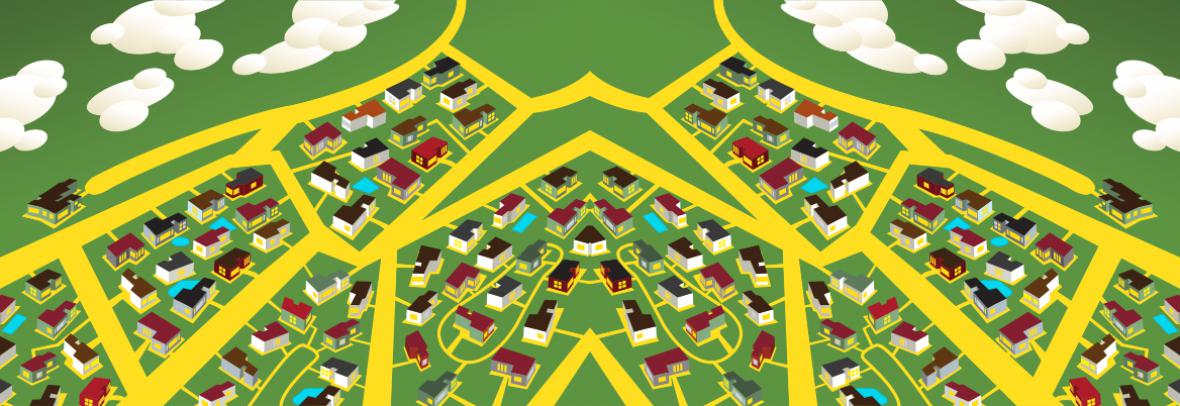
Overall, rising home prices lifted all boats. Homes in Opportunity Zones had first quarter price increases pretty much matched by homes in more affluent areas.
IRVINE, Calif. – Attom Data Solutions released its first quarter 2021 report analyzing qualified low-income Opportunity Zones established by Congress in the Tax Cuts and Jobs Act of 2017. It looked at 4,579 zones around the U.S. with at least five home sales in the first quarter of 2021.
According to Attom, median home prices increased year-to-year in 75% of Opportunity Zones with sufficient data, and rose by at least 10% in almost two-thirds of them – a pattern that largely marches price increases outside Opportunity Zones.
However, homes in Opportunity Zones, by definition, tend to cost less than homes outside the zones. In the first quarter, about 43% of qualified zones still had a median price less than $150,000 – but that’s down from 50% a year earlier.
In the early months of 2021, the pandemic hit lower-income communities hardest – the types of communities found in Opportunity Zones, which is why they were targeted for tax breaks designed to spur economic redevelopment in the first place.
Opportunity Zones are defined in Tax Act legislation as census tracts in or alongside low-income neighborhoods that meet various criteria for redevelopment in all 50 states, the District of Columbia and U.S. territories. Census tracts, as defined by the U.S. Census Bureau, cover areas with 1,200 to 8,000 residents, and average about 4,000 people each.
“Some of the country’s poorest neighborhoods continued riding the long national boom in home prices during the first quarter of the year, reaping increases that pretty much matched those in more-affluent areas,” says Todd Teta, chief product officer with Attom. “Those ongoing gains emerged in the latest price data showing values in designated Opportunity Zones rising at about the same pace, or even more, than in other communities. Home values inside the zones remain quite low compared to the rest of the U.S. – but they are far from immune from the boom. That shows continued interest among homebuyers in marginal areas and continues to bode well for the redevelopment that Opportunity Zone tax breaks are designed to promote.”
High-level report findings about 1Q qualified Opportunity Zones
- Median prices of single-family houses and condominiums rose year-to-year in 2,771 (75%) of Opportunity Zones and increased in 1,987 (54%) of the zones quarter-to-quarter. Outside Opportunity Zones, median prices rose year-to-year in 78% of census tracts and quarter-to-quarter in 55% of them.
- Home price gains greater than 10%: Measured year-to-year, median home prices rose at least 10% in 2,249 (61%) of Opportunity Zones; outside those zones, median prices also rose 58%.
- Home price gains greater than 25%: Opportunity Zones did even better when comparing areas where prices rose at least 25% year-to-year, reaching that increase in 1,379 (37%) of Opportunity Zones but only 28% of census tracts outside those zones.
- Home values: Of 4,579 zones in the report, 1,964 (43%) had a median price less than $150,000; 786 (17%) had medians ranging from $150,000 to $199,999. The total percentage of zones with values below $200,000 was down from 67% in the first quarter of 2020 to 60% in the first quarter of 2021.
- Median values ranged from $200,000 to $299,999 in 956 Opportunity Zones (21%), and at least $300,000 or more in 873 (19%).
- Household income: Median household income in 87% of Opportunity Zones was below median income in the same county in areas outside the zone.
© 2021 Florida Realtors®
Go to Source
Author: marlam



